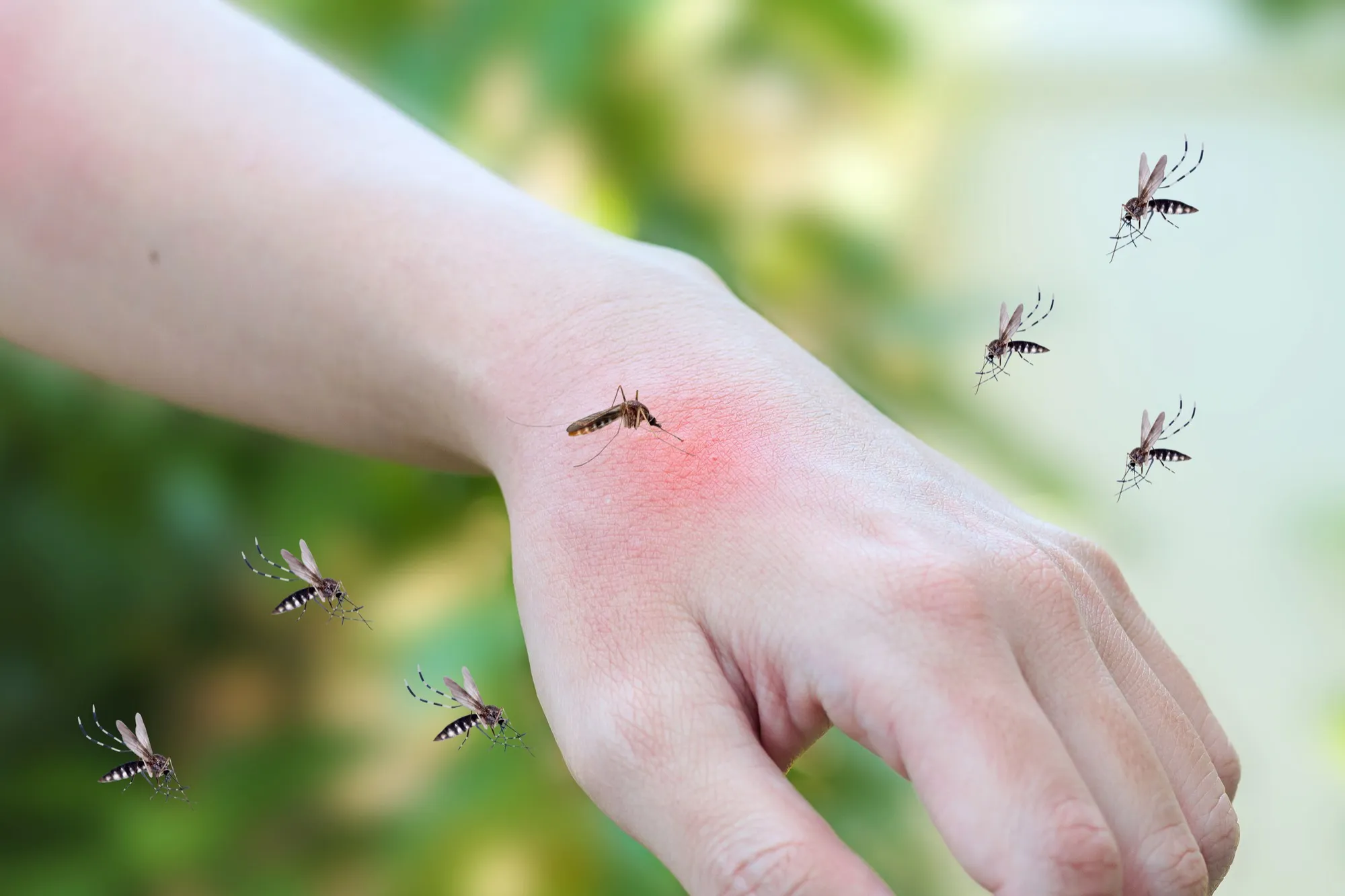Keywords
1. Mosquito olfactory receptor mutation
2. Aedes aegypti 1-octen-3-ol response
3. Blood-seeking behavior in mosquitoes
4. AaOr8 receptor in mosquito host-seeking
5. Genetic disruption of mosquito bites
For years, the irritating buzz of mosquitoes has been as much a part of warm summer nights as stars in the sky. However, new research from Incheon National University in the Republic of Korea hints at a future where these pesky bloodsuckers may lose their knack for homing in on their next meal. Published in the ‘Insect Biochemistry and Molecular Biology’ journal, under the DOI 10.1016/j.ibmb.2023.104069, this breakthrough study unveils how a single mutation can lead to a loss of function within a mosquito’s olfactory receptor, specifically tuned to the detection of 1-octen-3-ol, a chemical cue often associated with vertebrate hosts.
The Study: A Pinpoint in Mosquito Sensing
The research led by Frunze Olga O, Lee Dain D, Lee Seungha S, and Kwon Hyung Wook HW centers on an intriguing facet of mosquito biology – their ability to seek out hosts by detecting certain airborne chemicals. The olfactory receptor 8 (AaOr8), nestled on the mosquito’s maxillary palp and the tip of its stylet, has been identified as the antenna tuning into 1-octen-3-ol, which is emitted by humans and other animals.
Through a combination of in vivo and in silico analyses, this study investigated how AaOr8 engages with 1-octen-3-ol. Researchers meticulously crafted three mutants of the receptor and employed calcium imaging to witness the in vivo interaction within heterologous expression systems.
A Glitch in the System: The Mutation Revelation
The most compelling find was that a particular single-point mutation in the genetic code for AaOr8 disrupted the receptor’s ability to bind with 1-Octen-3-ol, effectively blinding the mosquito to this blood-seeking signal. This mutation hints at the potential for genetic interventions that could force a drastic downturn in the ability of mosquitoes to locate their vertebrate targets.
The Host-Seeking Behavior of Mosquitoes
Understanding the host-seeking mechanism in mosquitoes is not a new quest. For years, scientists have ascertained that the blood-seeking behavior heavily relies on the olfactory prowess of these insects. Olfactory receptors on their antennae and other olfactory appendages act as biological radars, guiding them toward blood meals.
1-Octen-3-ol: The Mosquito’s Beacon
1-octen-3-ol, also identified as ‘mushroom alcohol,’ is a compound commonly released by humans, cattle, and other hosts that swarm with blood-feeding mosquitoes. This scent signature stands out in the olfactory cocktail that mosquitoes detect and home in on.
The In Vivo and In Silico Methodology
Simulating the natural conditions for a mosquito’s receptor interaction in a lab setting, the researchers carried forth calcium imaging to track real-time responses in living cells to the presence of 1-octen-3-ol. Furthermore, they used computer-based in silico models to depict the binding poses and calculate interaction energies between the receptor and its attractant molecule.
Shifting the Paradigm in Mosquito Control
The findings by the team at Incheon National University could signal a paradigm shift in vector control strategies. Traditional methods such as insecticides or repellents have been the primary modes of dodging mosquito bites. However, the knowledge of how a single mutation can alter the mosquito’s perception raises the possibility for a genetic approach to mosquito control.
Implications for Public Health
Mosquitoes are vectors for numerous diseases such as Zika virus, dengue fever, yellow fever, and malaria—a single bite being enough to transmit these debilitating conditions. The impact of this research extends beyond curbing the nuisance of mosquito bites. It paves the way for potentially mitigating the spread of mosquito-borne diseases, which remain severe public health concerns worldwide.
Challenges and Future Perspective
Nevertheless, practical application of these findings in the field of vector control poses various challenges–from the potential ecological impact of a widespread alteration in mosquito behavior to the technical aspects of implementing genetic modifications in wild populations. Continued research is essential to address these hurdles and explore how this mutation could fit into a broader integrated pest management strategy.
Conclusion
The discovery that a mutation in the Aedes aegypti’s olfactory receptor can obstruct the mosquito’s ability to seek out hosts represents a significant milestone in the field of insect biochemistry and vector control. While this news doesn’t mean we’ll be free from itchy mosquito bites anytime soon, it does offer a fascinating glimpse into the future possibilities for controlling the pests that have plagued humankind for centuries, potentially alleviating global health burdens along the way.
References
1. DOI: 10.1016/j.ibmb.2023.104069 – The original article upon which the news is based.
2. Takken, W., & Knols, B. G. (1999). Odor-mediated behavior of Afrotropical malaria mosquitoes. Annual review of entomology, 44(1), 131-157.
3. Carey, A. F., & Carlson, J. R. (2011). Insect olfaction from model systems to disease control. Proceedings of the National Academy of Sciences, 108(32), 12987-12995.
4. DeGennaro, M. (2015). The mysterious multi-modal repellency of DEET. Fly, 9(1), 45-51.
5. Dickens, J. C., & Bohbot, J. D. (2013). Mini review: Mode of action of mosquito repellents. Pesticide Biochemistry and Physiology, 106(3), 149-155.
